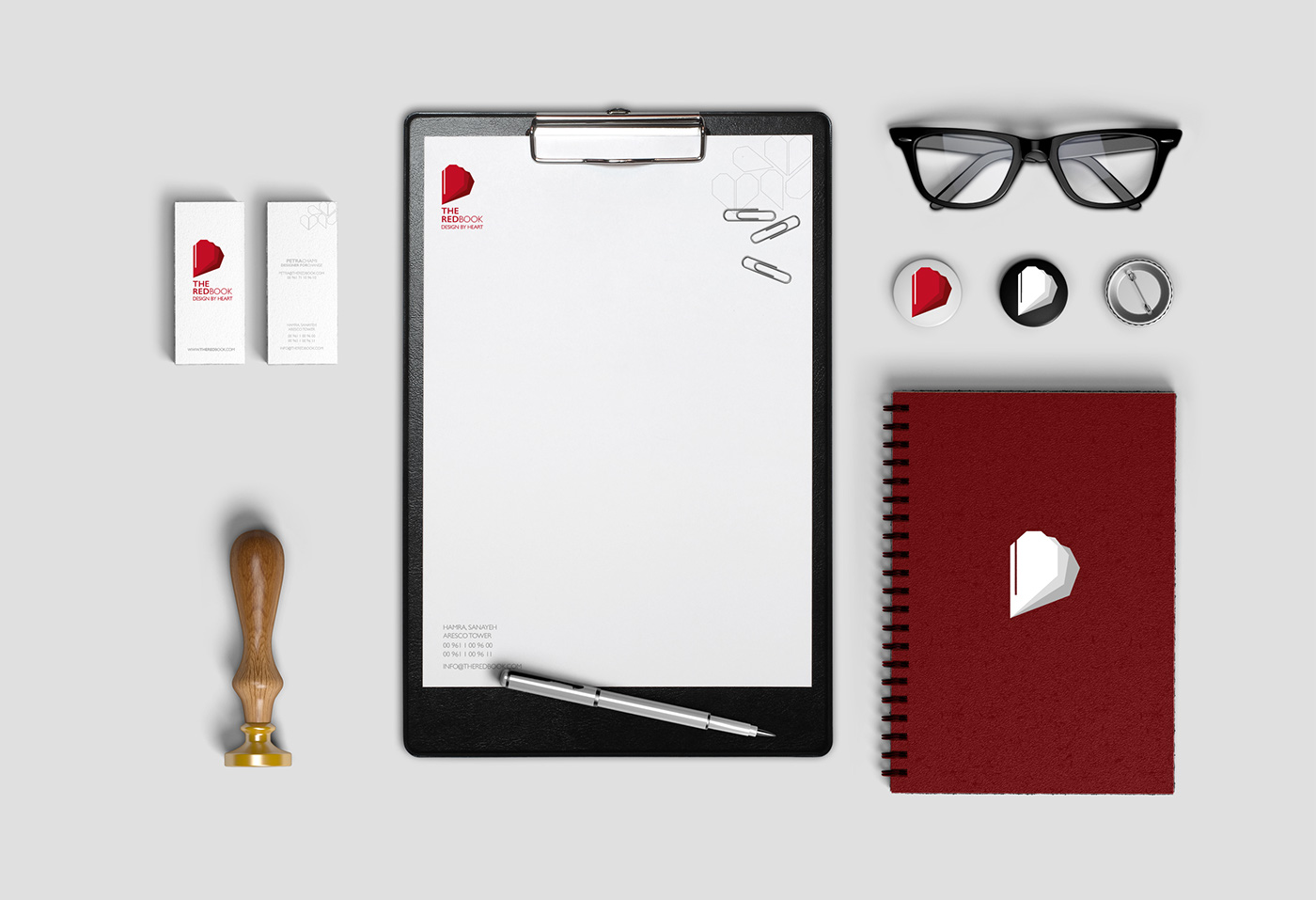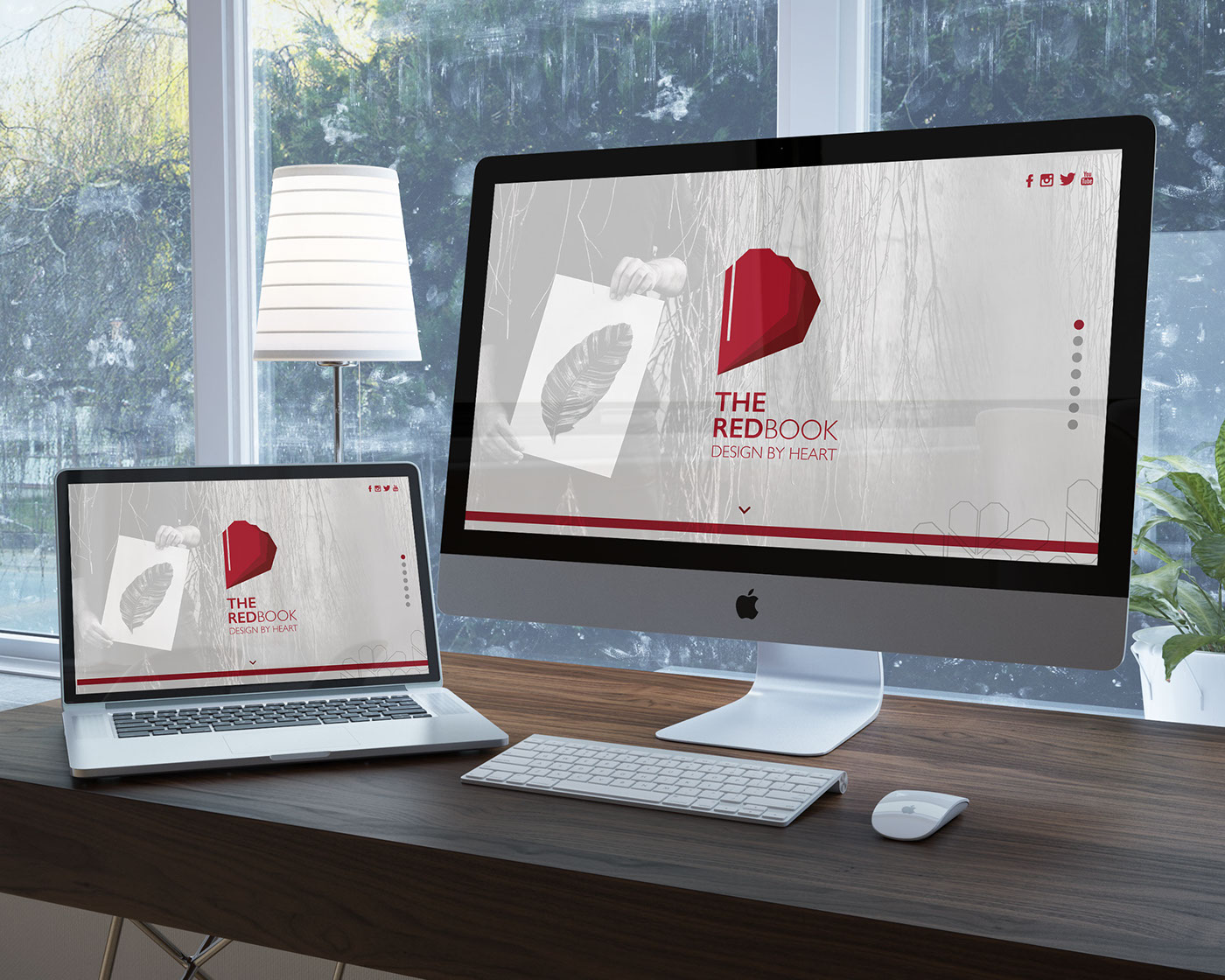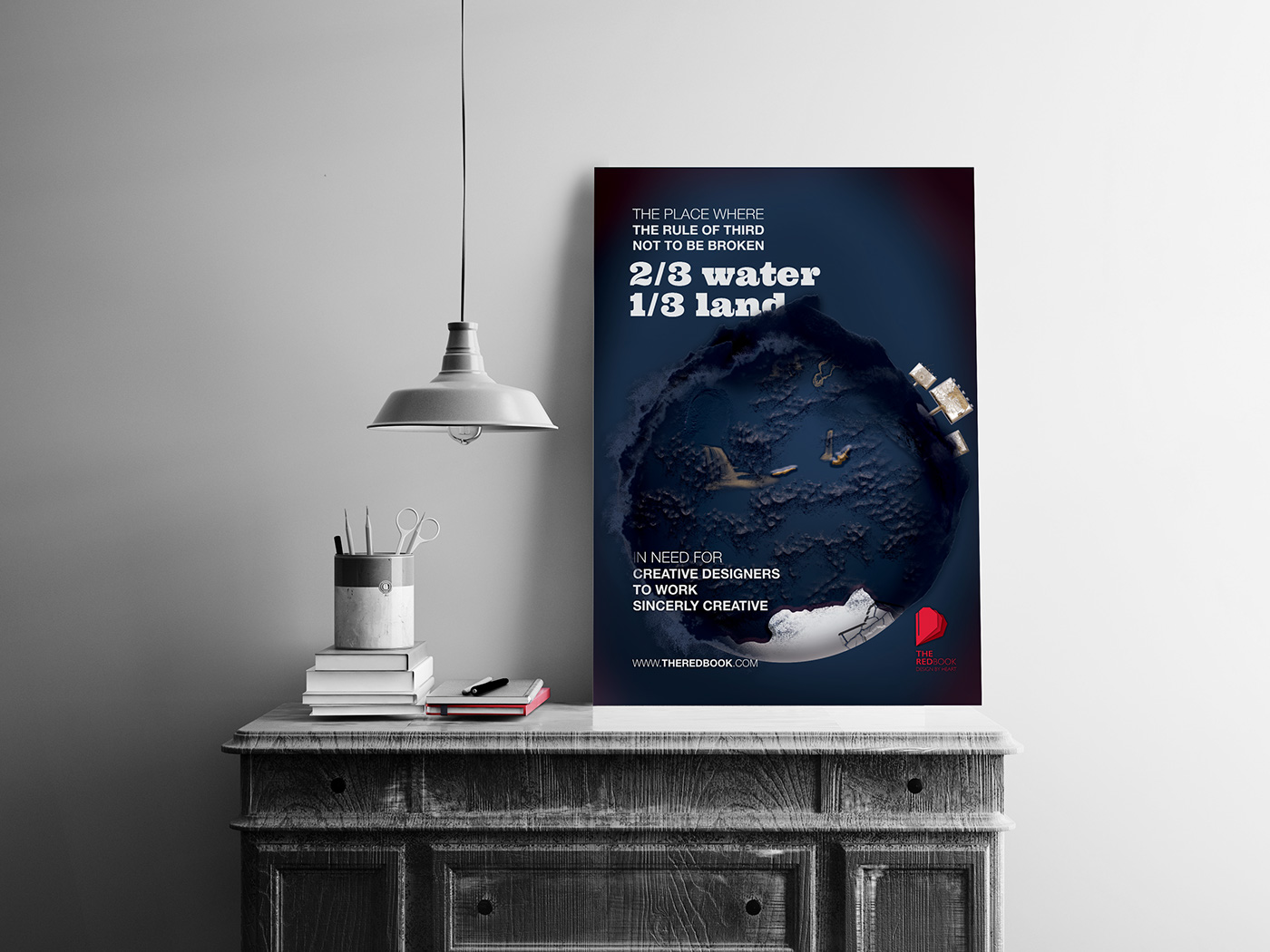The Project
MA degree Senior Project
Consumerism in Lebanon
The role of Visual Communicators in Nurturing it
The Practical Part
The Redbook Agency
The Concept
THE REDBOOK AGENCY is a professional and ethical social aware design agency. I have created this virtual agency in my project’s practical part to provide a solution for the problem of nurturing consumerism by designers and design ethics.
As its name suggests, THE REDBOOK is a design-ethics guidance company. The agency participates in critical analysis, research and Professional training to improve design education and ethical practice, and it supports designers to play important roles in communities through projects that create positive social impact.
The agency communicates messages that bring positive change and it is socially and environmentally conscious. It works on reducing the environmental impact of its work and educates clients about sustainable solutions and alternatives. Especially in reducing, reusing, and recycling notions.
Based on a methodological process, the designers at the Redbook should develop comprehensive design projects that creatively address culture, audience, context, media, and applications. Worth mentioning, they follow a framework that supports people, our environment, our economy and cultural diversity.
Media used
Adobe InDesign, Photoshop, Illustrator, and Premiere CC
Year Created
2017
2017

The name and the slogan:
The Redbook Term:
As a definition from the Oxford American Dictionary, the “red book is the title given to any of various official books of political or economic significance”
The “Little Red book” or as it was originally called “Quotations From Chairman Mao Tse-Tung” is a book written by the Chinese communist Mao Zedong (or Mao Tse-tung) who is considered as the greatest Marxist-Leninist of his era who brought Marxism-Leninism to a higher stage and his book is considered a great weapon in opposing imperialism.
The book contains quotes from Mao to teach people how to behave, it includes 267 quotes from the communist Chinese leader and it was first published in 1964 by the people’s liberation army and since then, companies are calling the “book” that contains their legal terms and conditions that employees and clients should follow by the name “the Red Book”.
And since our agency will be the official design-ethics guidance agency in Lebanon, then it will be “The Redbook Agency”.
The Slogan of the Agency:
“Design By Heart”
When designing, designers should take into consideration the impact of their designs on the society and the environment around them.
The Redbook agency is giving them some guides and ethics of design that can help in increasing the social and environmental positive impacts of design and advertising projects. The agency is working so much on the emotional feelings that a designer has for his society and environment so designing should be through their hearts.
The Logo
The logo of the Redbook Agency was created through the mixing and matching technique between a book and a heart, which made a half heart book shape with three flipping pages.
The number of the pages was intended to be three to designate the first three issues that the company is taking into consideration that designers should be ethical for which are the environment, the society and the designer himself.
Three Red tones were used as a color for the logo to be parallel with the agency’s name, which is the Redbook, and to attract the eye for the second reason.

The Logo

The Stationery
The Website
It consists of:
- A home page, the “red book page”: includes information about the agency,
- The red magazine page: contains the online magazine page.
- The design ethics and manifesto that teaches the public and designers about design ethics that should be followed all over the country.
- Campaigns and portfolio page: introduces the public to the social positive change campaigns.
- Internships registration page: for design students to start their professional design life with high ethical strategies.
- The press and conferences page: exhibits all the conferences done by the agency especially in universities and design schools.
- Contact us page: for people to contact the agency.
The Online Magazine
“The Red Magazine” is a monthly-published online magazine, which publishes articles of ethical design practices in Lebanon and outside Lebanon. It consists of six categories made as web pages.
- The first one is the home of the red magazine and it contains the main featured titles inside the magazine, and it works as the cover of conventional printed magazines.
- The second part is “The New Issue”, it contains the latest magazine version with titles of articles and images, and the user can click on any article and read it for free.
- The third part is the Featured projects, and it features design projects that has positive social impacts, professionals, juniors, or students may do the projects.
- The fourth part is the part of featured designers, each month a designer and a student will be featured in the magazine, giving social aware designers the opportunities to be known internationally and locally.
- The last two parts are the global articles page and the archived issues page.

The Website Home Page

The Online Magazine Home Page

The New Issue Page

Featured Titles of The New Issue

Featured Titles of The New Issue

Featured Titles of The New Issue

Featured Titles of The New Issue
The Advertising Campaigns
The Project contains two advertising campaigns:
- The first one targets designers and it is called “Sincerely Creative” campaign.
- The second targets the public Lebanese audiences that have to make social positive change to save and improve the natural living system.
“Sincerely Creative” Campaign
This is an advertising campaign that:
- Targets Lebanese graphic designers,
- It is consists of posters and press ads.
- The posters will be exhibited in malls and in design schools calling designers not only to be creative but also to be sincerely creative.
For this project, I designed three posters talking with designers by their language through three elements that designers use in their designs:
- The first one is the grid, using grids is a main important rule in every design, and the rule of third is mainly used in usually every design, so the first poster is an illustration of earth covered with ocean water and written on it “the place where rule of third not to be broken 1/3 land and 2/3 water”, with a small caption “ in need for creative designers to work sincerely creative”.
- The second poster uses the saturation and desaturation of colors, where designers use this technique when working digitally on designs. The illustration is a grayish earth with no colors and covered with fog and smoke, and written on it “The place where natural colors not to be de-saturated” and captioned the same as the previous one.
- The third posters works on hiding layers, which is a technique that is also used when designers are designing using digital posters as Photoshop. Designers hide some layers and shows another, the poster is an illustration of earth loosing its layers and written on it “ the place where natural layers not to be hidden”.


Poster -1- of the Sincerely Creative Campaign
The Posters were sketched, illustrated using Adobe Illustrator CC, then given shadows and layers were illustrated using Adobe Photoshop CC

Poster -2- of the Sincerely Creative Campaign
The Posters were sketched, illustrated using Adobe Illustrator CC, then given shadows and layers were illustrated using Adobe Photoshop CC

Poster -3- of the Sincerely Creative Campaign
The Posters were sketched, illustrated using Adobe Illustrator CC, then given shadows and layers were illustrated using Adobe Photoshop CC
Anti-Consumerism Campaign
This is an advertising campaign that:
- Targets the public Lebanese people more than 16 years old, those who have the ability to start taking action against consumerism.
- It consists of posters with 3d illustration of important body organs clogged by products that we consume a lot and we do not know where they go after throwing them.
- The first poster is a realistic human heart inside the earth; refrigerators, washing machines, TVs, mobiles, shoes, and other materials clog the veins of the heart. The clogged veins have no more blood in it. And we can see in this illustration that we still have small-remained unclogged veins.
- The second poster consists of lungs inside earth, and also with clogged veins.
The last one consists of brain veins inside earth that are also clogged and it is not functioning anymore.
- The posters here let people feel the same hurt of earth. It hurts when a person have a pain in his heart and it hurts a lot if his veins are clogged and cannot function anymore, so people may feel the same pain of the earth and may feel the huge relation between them and the globe so that they start repairing the natural system that they belong to.


Poster -1- of the Anti Consumerism Campaign
The Posters were sketched, illustrated using Adobe Illustrator CC, then given shadows and layers were illustrated using Adobe Photoshop CC
The Project was associated with a video advert and a full presentation that will be added soon.
Thank You.






